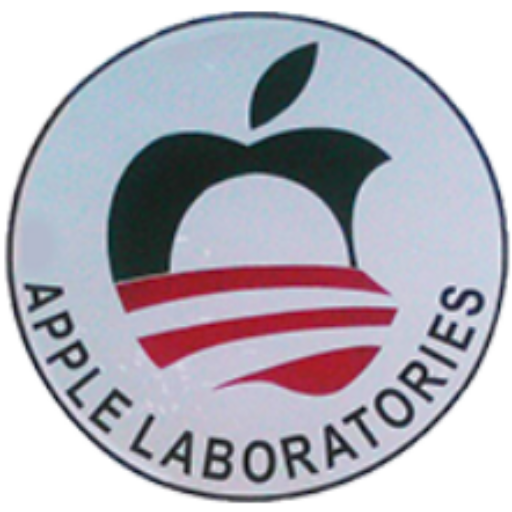When your doctor talks about your “lipid profile,” they’re referring to a blood test that gives insight into the fats circulating in your body—specifically, your total cholesterol, LDL (bad cholesterol), HDL (good cholesterol), and triglycerides. A healthy balance of these numbers is crucial to reducing your risk of heart disease and stroke. Fortunately, improving your lipid profile isn’t just a matter of prescriptions—it’s often a matter of lifestyle. From what you eat to how you move, small daily habits can create significant change. Let’s walk through the most effective, sustainable ways to support your heart and balance your blood fats—naturally.
🥦 1. Prioritize a Heart-Healthy Diet
Eat More Soluble Fiber
Soluble fiber works by trapping cholesterol in the digestive system and escorting it out of the body before it enters your bloodstream. It also slows digestion, stabilizes blood sugar, and improves satiety—all factors that benefit heart health.
Top sources of soluble fiber include:
-
Oats and barley
-
Lentils, beans, and chickpeas
-
Apples, pears, carrots, and Brussels sprouts
-
Ground flaxseed and psyllium husk
If your daily intake is low, adding a fiber supplement like Viva Naturals Organic Psyllium Husk Powder is a convenient way to boost your fiber count without changing your entire meal plan.
Swap Out Saturated Fats for Unsaturated Fats
Not all fats are created equal. Saturated fats, common in red meats and processed snacks, can raise LDL levels. On the flip side, unsaturated fats help to lower LDL and raise HDL.
Smart fat swaps to try:
-
Use olive oil instead of butter
-
Snack on almonds or walnuts instead of chips
-
Add avocado slices to sandwiches and salads
Including omega-3-rich foods is especially important. Fatty fish like salmon, sardines, and mackerel contain omega-3s that are known to reduce triglyceride levels.
💊 If you don’t eat fish regularly, supplementing with Sports Research Triple Strength Omega-3 Fish Oil or Nordic Naturals Ultimate Omega can give your heart the fatty acids it needs to function optimally.
🏃♂️ 2. Make Physical Activity a Daily Habit
Exercise doesn’t just burn calories—it actively improves your lipid numbers. It helps increase HDL cholesterol while reducing LDL and triglycerides. The more consistent your movement, the greater the cardiovascular benefits.
Aim for the following each week:
-
150 minutes of moderate-intensity cardio (brisk walking, biking, dancing)
-
2 sessions of resistance training to build muscle and boost metabolism
If you’re just starting out, focus on making movement enjoyable. Take walks with a friend, dance in your living room, or ride your bike through the neighborhood—whatever keeps you motivated.
⚖️ 3. Maintain a Healthy Body Weight
Extra body fat, particularly around the abdomen, is strongly linked to higher levels of LDL and triglycerides. Even losing just 5–10% of your current weight can result in meaningful improvements to your lipid profile.
Focus on small, consistent habits:
-
Drink more water
-
Eat slowly and mindfully
-
Prioritize whole foods over processed snacks
Weight loss doesn’t have to be extreme—it has to be sustainable. Combined with diet and exercise, these habits will help you rebalance your lipids over time.
🚭 4. Quit Smoking and Limit Alcohol Intake
Smoking lowers HDL cholesterol and damages the lining of your blood vessels, making it easier for cholesterol to build up as plaque. Quitting isn’t easy, but it can quickly improve your lipid levels and overall heart health.
Meanwhile, alcohol should be consumed in moderation. While small amounts of red wine may raise HDL slightly, excess alcohol increases triglyceride levels and contributes to weight gain.
Keep it in check:
-
Women: no more than 1 drink per day
-
Men: no more than 2 drinks per day
If you struggle with either of these habits, seek support. Your lipid levels—and your future heart health—depend on it.
💊 5. Use Science-Backed Supplements
If you’re already eating better and exercising but still need support, supplements can be a helpful tool in improving your lipid profile.
Here are a few clinically supported options:
-
Plant Sterols and Stanols: Naturally found in plants, these compounds block cholesterol absorption in the intestines.
👉 Nature Made CholestOff Plus contains 900 mg of plant sterols per serving and is one of the top doctor-recommended brands. -
Soluble Fiber Capsules: Great for people who travel or dislike mixing powders.
👉 Metamucil 3-in-1 Fiber Capsules offer a no-mess way to get your daily fiber dose. -
Omega-3 Fatty Acid Supplements: For those who don’t eat enough fish.
👉 Nordic Naturals Ultimate Omega offers high EPA/DHA concentrations with no fishy aftertaste.
Always check with a healthcare provider before starting new supplements, especially if you’re on medication or managing other health conditions.
🧠 Final Thoughts: Small Steps, Big Impact
Improving your lipid profile naturally isn’t about chasing perfection—it’s about making small, consistent changes that compound over time. Whether it’s swapping out butter for olive oil, walking 20 minutes a day, or taking a trusted supplement, every action you take moves the needle toward better health.
Start with what feels most manageable. Add fiber. Move a little more. Breathe deeper. And check in with your progress. Your lipid profile is a reflection of your habits—and the good news is, you have the power to change it.

Leave a Reply